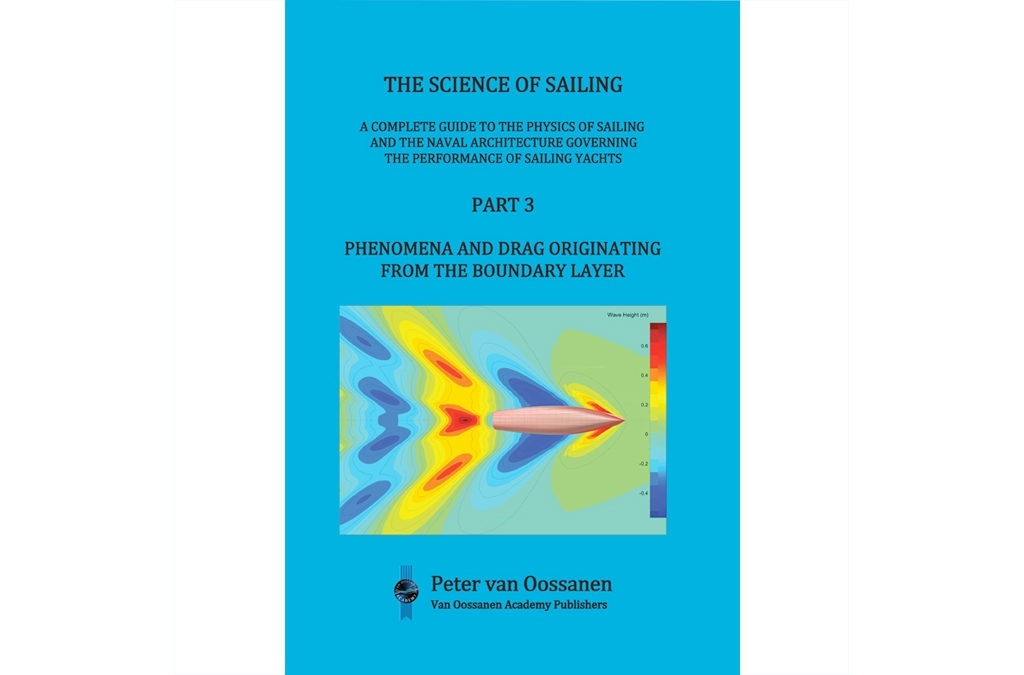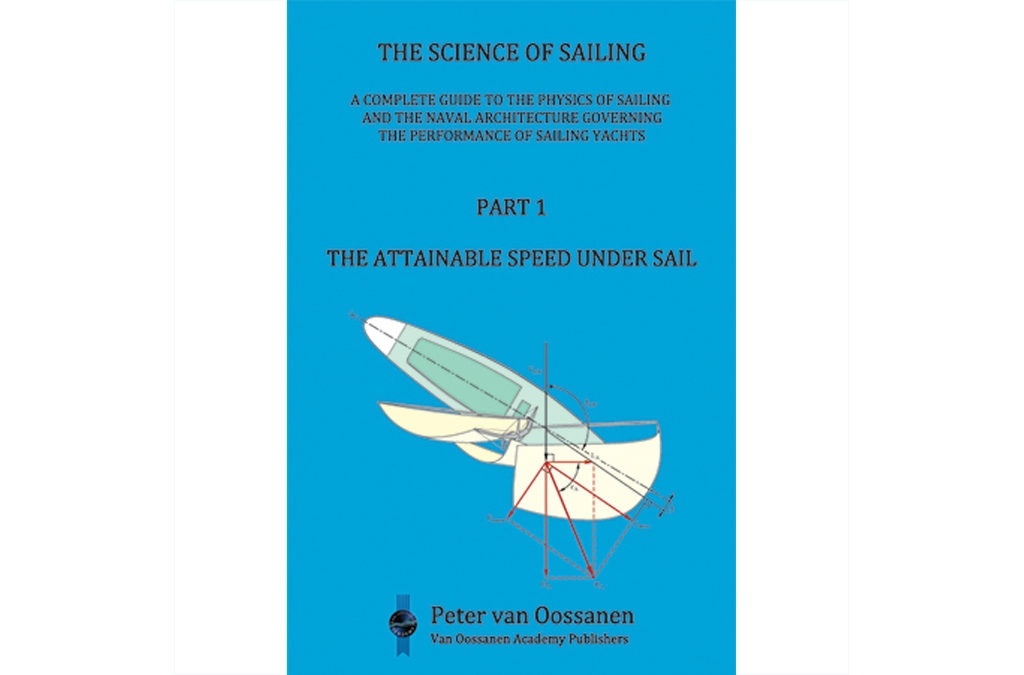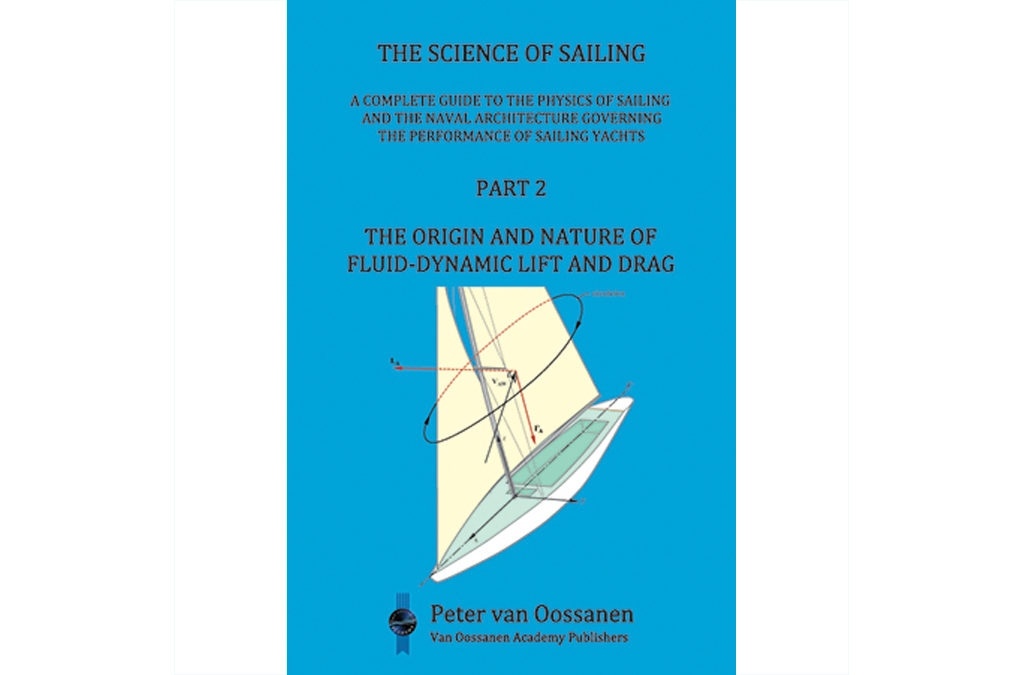The Science of Sailing Part 3 "Phenomena and Drag Originating From The Boundary Layer"
Oossanen, Peter Van

Formato papel
[En stock. Entrega en 24 / 48 horas]
PVP. 64,22€
The Science of Sailing Part 3 "Phenomena and Drag Originating From The Boundary Layer"
Oossanen, Peter Van
FICHA TÉCNICA
- Editorial: VAN OOSSANEN ACADEMY
- ISBN: X-00033283
- Idioma: Inglés
- Dimensiones:
0 cm x 0 cm
- Nº páginas: 0
- Materias: Construcción naval, ingeniería y mantenimiento / Arquitectura naval /
Part 3 of the series Science of Sailing is dedicated to the topic of viscous drag. Viscous drag is the prime component of hydrodynamic drag for most sailing craft (and most other boats and ships). Its assessment is still surrounded by notions and assumptions that are at best only partially correct notwithstanding the fact that the study of this subject has been ongoing since William Froude presented his paper entitled: The Fundamental Principles which Govern the Behaviour of Fluids, with Special Reference to the Resistance of Ships , in 1875.
Viscous drag originates from the boundary layer the thin layer of fluid flow around a body in which the velocity of the flow is decelerated to zero (relative to the velocity of the body) at the body surface, over a very small distance. Fluid viscosity is here manifest to a very significant degree, opposing this deceleration, causing significant shear forces between adjacent layers of the fluid, and a skin friction force on the surface of the body that varies along its length. The summation of this skin friction force along the body leads to its friction drag which, for most vessels, is the most important component of total drag. Aspects of the boundary layer that are of importance for the understanding of viscous drag are considered in detail in Section 7.2 of this book.
Viscous drag is composed of two primary components friction drag and viscous pressure drag. Friction drag is generally assessed on the basis of expressions for the friction drag of smooth flat plates, which are semi-empirical in nature. The friction drag obtained from a selection of these expressions (see Table 7.2) varies by 11.9% at a Reynolds number of , and as much as 18.3% at a Reynolds number of , as described in Section 7.3. I have addressed this disturbing state of affairs in Section 7.5 by adopting the results of RANS CFD calculations for five geometrically-similar hulls of different length, each for 6 values of the Froude number, and identified the flat plate friction drag formulation that displays the same trend with Reynolds number as found from these CFD calculations. In so-doing, I discovered that a flaw exists in the formulation of this particular friction drag formulation, for low values of the Reynolds number, which I have rectified by offering an alternative formulation. This study of the friction drag of the three-dimensional hull of typical sailing yachts (and many other slender hull forms) revealed that, generally, it is less than that of the equivalent flat plate (the plate with the same length and wetted area as the subject hull).
Another aspect that has needed examination for some time is the practise of adopting a form factor to account for the excess viscous drag of a hull relative to the friction drag of the equivalent flat plate. The viscous pressure drag is an important part of this excess viscous drag. The present-day method for determining the value of this form factor for a particular hull (described in Section 6.6.4 of Part 2) is based on the limiting value of the total drag-to-flat plate friction drag ratio, as the Froude number approaches zero ( ). While this value of the form factor is strictly only applicable for zero Froude number (i.e. to those cases when the body is deeply submerged or high in the air), it is actually applied for non-zero values of the Froude number as well (i.e. also to those cases when the body is at, or near, the air-water interface). There is no scientific basis for this practise, but it is widely utilized because of the ease by which an estimate is obtained for the viscous drag by simply multiplying the friction drag of the equivalent flat plate by a factor. However, viscous pressure drag consists of two parts. The first of these is the Reynolds-dependent part which is indeed found on considering the limit of the total drag-to-friction drag ratio as , which part conforms to the viscous pressure drag as found in wind tunnels when testing foil sections and such. The second part is the viscous pressure drag associated with wave-making. This last part, in contemporary ship hydrodynamics, is all but forgotten when the form factor used is based on the condition. It is then lumped into the so-called residual drag, obtained by subtracting the flat plate friction drag (multiplied by the adopted value of the form factor) from the total drag, which is generally scaled (from model to prototype for example) by adopting Froude's Law of Comparison, in which no account is made for the variation of this component with Reynolds number.
Formato papel
[En stock. Entrega en 24 / 48 horas]
PVP. 64,22€
Otros libros de Oossanen, Peter Van
-
[En stock. Entrega en 24 / 48 horas]
PVP. 64,22€
-
[En stock. Entrega en 24 / 48 horas]
PVP. 64,22€
Libros Recomendados
-
[Sin existencias. Plazo de entrega breve]
PVP. 24,00€





